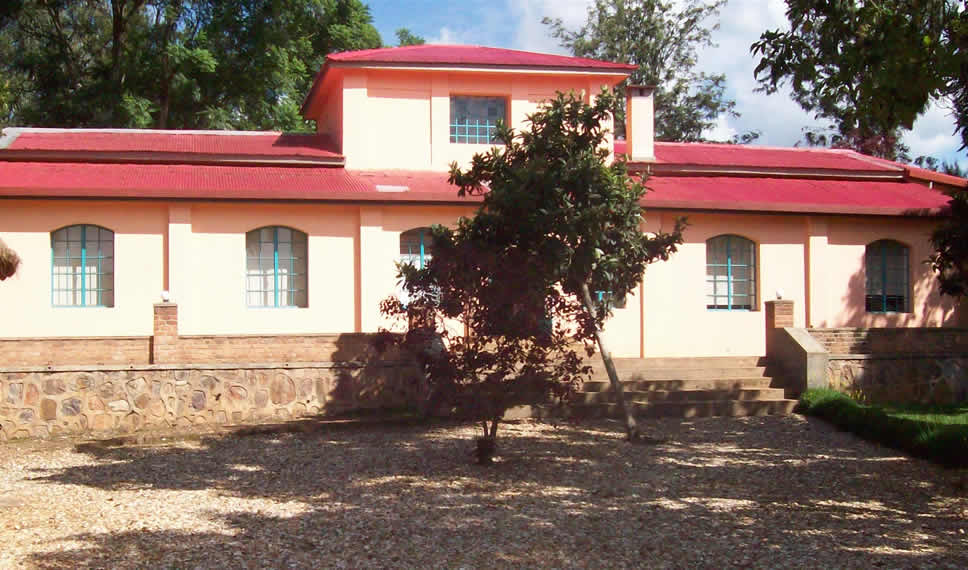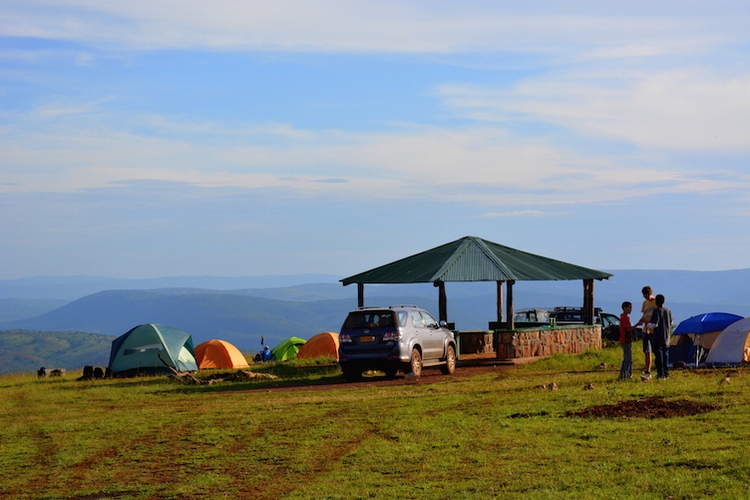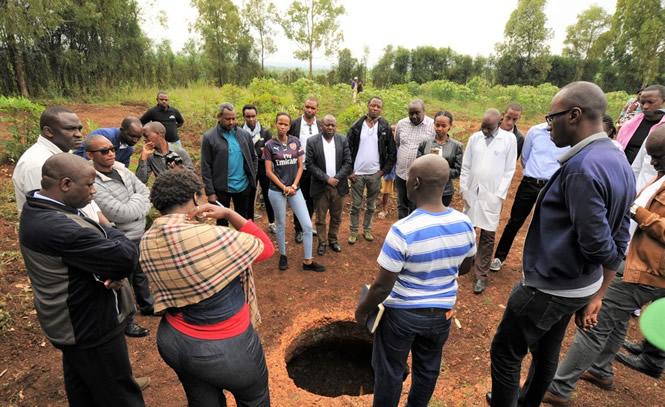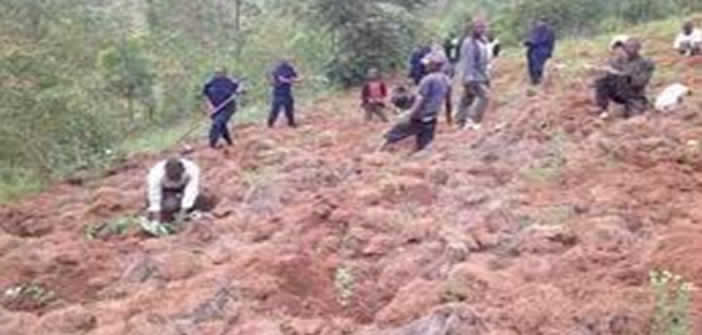
Kandt House Museum of Natural History in Rwanda
Kandt House Museum of Natural History is one of the museums in Kigali and serves as a tourist attraction in Rwanda. It is under the responsibility of the Institute of National Museums of Rwanda. The museum was dedicated to Richard Kandt de: Richard Kandt during his an exploration of Rwanda in 1897, searching for the source of the Nile River. The museum strives to represent the evolution of the ground animals and plants, and to explain the interdependency between living beings and their environment.
The museum is approximately 10 km from Kigali International Airport. The aim is to explaining the richness of Rwanda’s Nature. The idea being that it is only through the knowledge of the nature we live in that our behavior and understanding will change. This museum show cases many specimens and replica of the natural wonders of the country.
From Monday to Friday from 9am to 5pm, the museum is open however, entrance fee is needed as Non-residents pay 6,000 francs and those with resident visas must pay 5,000 francs. The maximum of an hour or two are spending at the museum.
Unfortunately for us English-only speakers many of the exhibits are in German or French. This detracts from the experience a bit as you may miss out on some of the in-depth information, but for the most part the exhibits are simple enough to understand by sight alone.
The northern wing of the museum features Rwanda’s biology exhibits. Here you will find beautiful specimens of indigenous species ranging from beautifully colored birds to strange and exotic reptiles. You can also see several of Rwanda’s mammalian occupants, from small rodents you’ve never heard of to skulls of ever popular mountain gorillas. The rear of the museum is dedicated to volcanism – not to be confused with Vulcanism, or the study of space people with pointy ears.
Here you will learn about the Great Rift Valley and all its tectonic and volcanic might. You’ll learn how the great volcanoes in Rwanda’s northwest were created, what makes them pop and how people have learned to survive and thrive in their imposing shadows for countless generations. Sadly, however, this exhibit is mostly in German, but you can still learn a lot from the numerous diagrams and visual models displayed.
The south wing of the museum is mostly dedicated to Rwanda’s natural resources and the history of how those resources were mined from the countless hills. On display are numerous gems and minerals along with maps showing where they are distributed around the country. Be warned though, most of the signage in this exhibit is in French. There is also a room dedicated to hydrology, or the study of the movement and distribution of water (lakes, rivers, etc).
There isn’t really much else to see besides that. The museum is currently working on adding a couple of new exhibits which I believe will really grab visitors’ interest once they are on display. First is a complete skeleton of an African elephant that was recently discovered buried near Nyungwe rain forest. The second is a massive crocodile that was recently killed at Lake Muhaze – by a man with a hammer I’m told – that will be stuffed and put on display. Both will be welcomed highlights to a museum that lacks any sort of must-see attractions. The museum claims that both specimens should be ready for exhibition by the end of the summer, but as things go in Rwanda, I wouldn’t hold my breath.
So while the Natural History Museum of Rwanda may be a bit on the small and unimpressive side, it is encouraging to see the country trying to promote interest in science and history. I would encourage anyone who might enjoy a more intimate knowledge of Rwanda, or even those just looking for something to do on a slow day, to pay the Natural History Museum a visit and support one of Kigali’s few cultural institutions.



